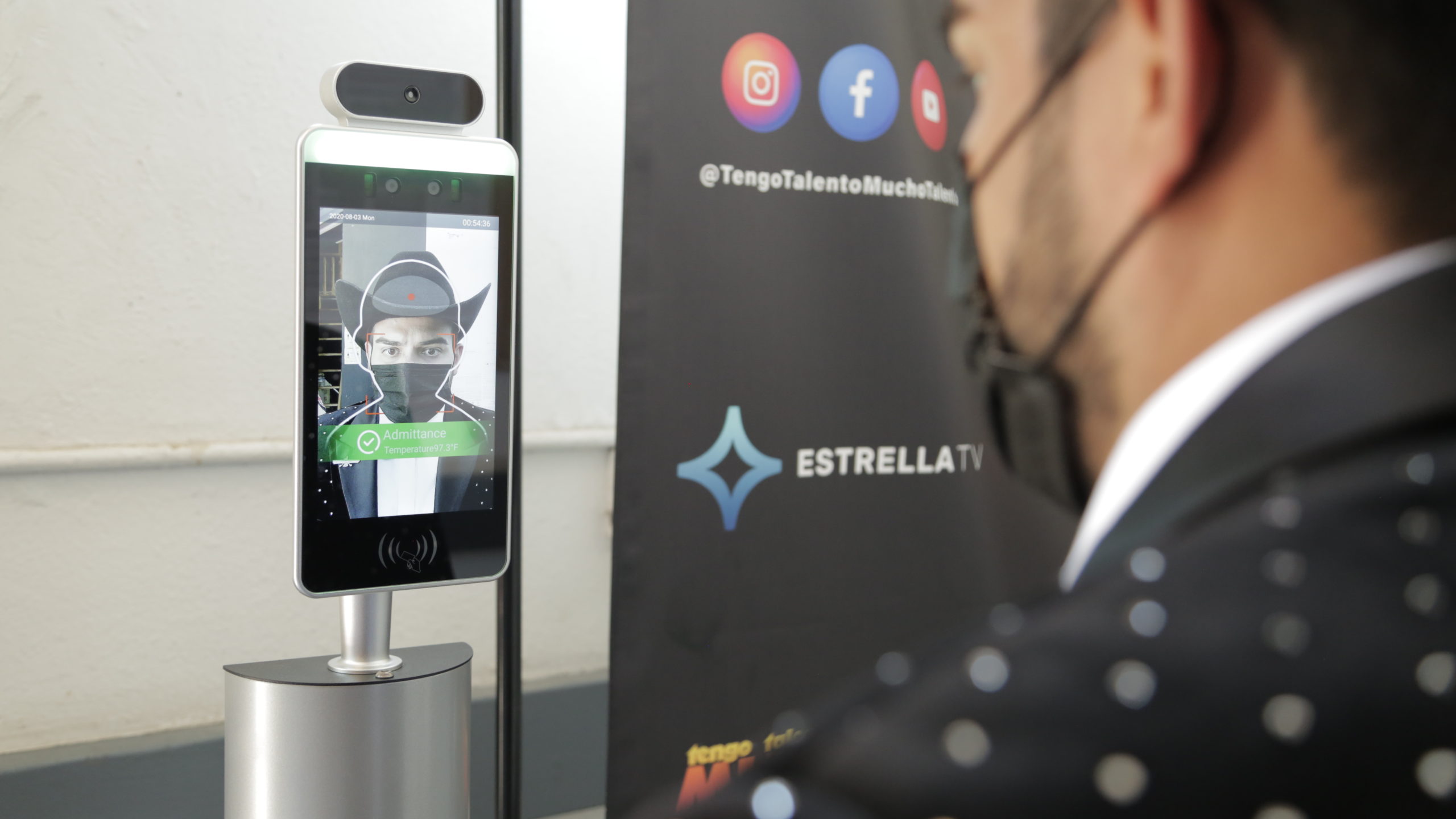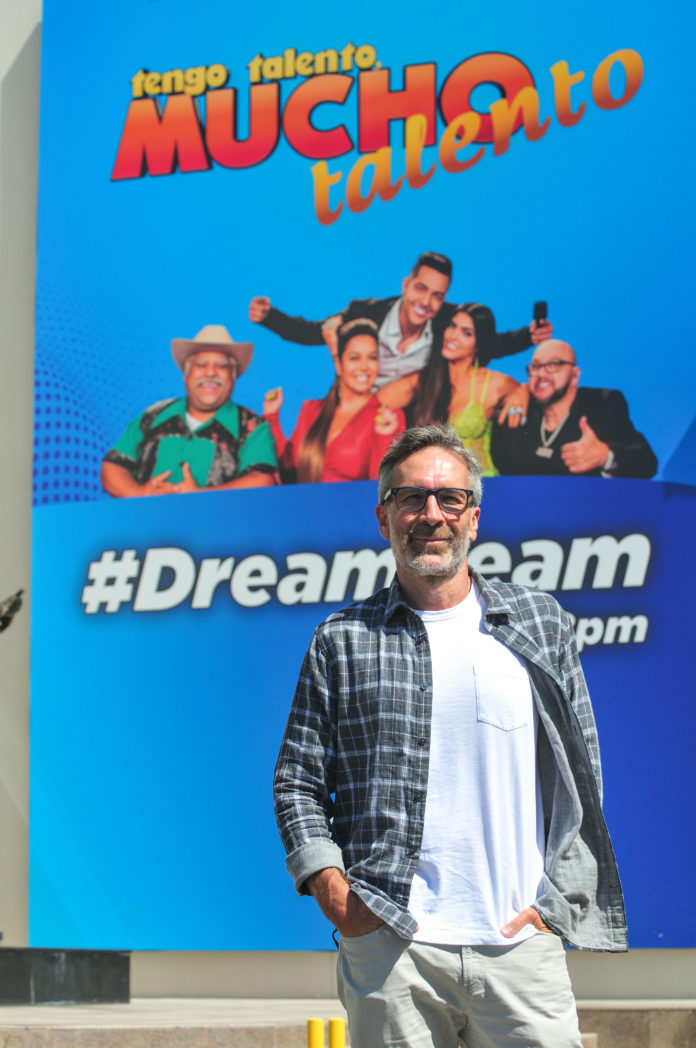In mid-March the coronavirus brought L.A. movie and TV production to a virtual standstill, but by mid-June a glimmer of hope had returned.
That’s when the state of California, the Los Angeles County Department of Health and the Screen Actors Guild-American Federation of Television and Radio Artists offered guidelines to allow movie, music and TV production to resume, provided producers enacted a strict set of safety protocols.
Because of complicated and often expensive requirements, however, industry watchers predicted it would take local producers much longer to resume a traditional production calendar.
They were not wrong.
The soap opera “The Bold and the Beautiful” attempted a production comeback on June 17 only to shut down a few days later when a first round of weekly coronavirus testing yielded too many inconclusive results.
The show’s producers reportedly switched to a different testing lab and soon were back in the studio.
Since then, “Bold” and other soaps have also turned to other creative forms of reinvention. Because soap operas are usually heavy on kissing scenes, producers have avoided close contact by having actors use life-size dolls, or their real-life partners shot from the back and wearing appropriate wigs, as stand-ins for the actors who portray their characters’ romantic partners.
The pandemic-themed thriller movie “Songbird,” starring Demi Moore and hailed as the first major motion picture to return to production, began shooting on location in Los Angeles July 2, only to be shut down by SAG-AFTRA over actor safety protocols.
The union rescinded the stop-work order just 24 hours later.
With such high-profile glitches upon reentry, it’s not surprising Spanish-language media company EstrellaTV waited until July 22 to announce the return of production for its flagship talent show.
“Tengo Talento, Mucho Talento,” the top-rated program from Burbank-based Estrella, went back into the studio on a redesigned set that allowed for social distancing between performers and the five onstage judges, as well as a raft of other new safety precautions.
“We never had paused the show before, and we’re in our 22nd season. We never missed a mark,” said Estrella Media Executive Vice President of TV Programming Ivan Stoilkovich during a Zoom meeting. “We kept postponing until we said, ‘OK, I think we’ve got a system that works.’”
A clean restart
While the offices for both EstrellaTV and its parent company, Estrella Media Inc., remain closed to visitors, “Tengo Talento, Mucho Talento” took steps to ensure a clean restart.
In addition to the redesigned set, Estrella TV set up separate outdoor trailers where each contestant can wait alone before entering the studio.

Along with the now-standard masks and handwashing stations, EstrellaTV added kiosk scanners at entry points that take an individual’s temperature and come equipped with facial recognition capabilities that can ensure the person is wearing a mask upon entry.
Stoilkovich said studio-based TV productions such as “Tengo Talento” face more contained challenges than movies or TV series, which call for frequent location shooting.
However, a talent show generally thrives on the energy of a live studio audience as well as family and friends, something that’s just not possible in the Covid-19 era.
Stoilkovich said “Tengo Talento” had already recorded the first 20 episodes of the season, the elimination rounds, when Covid-19 shutdowns hit.
“We basically paused the season halfway through. We aired those shows and then had to go into reruns,” he said.
Studio taping for the rest of the season’s live shows, which usually would have begun in March, was postponed until July 22.
The final competitions, held under new protocols, aired last week, and the latest round is currently airing in reruns.
After a brief hiatus, the show goes into audition mode in September via digital connections. Live studio tapings with finalists are scheduled to rev up again in November.

In-person performances
ABC’s long-running “America’s Got Talent” recently aired auditions performed at people’s homes via video conferencing, but Stoilkovich said “Tengo Talento” chose not to go that route.
“A lot of these contestants want to be on the big stage, they want the glamor and the lights, the experience of performing in this sort of enhanced environment,” Stoilkovich said.
He added that sending a TV crew into an individual’s home is potentially riskier than having the contestant perform on a safety-controlled set.
Popular game shows “Wheel of Fortune” and “Jeopardy” recently said they are resuming production on their respective sets on the Sony Pictures Television Inc. lot, also with no live studio audience.
However, those programs do not call for the same high level of hugging, kissing, crying and backstage banter between contestants that generally attend talent and stage performance shows.
As a workaround, “Mucho Talento” brings a live audience, friends and family into the studio via large LED screens. Stoilkovich said the live competition has required contestants to travel to Burbank.
But since the show is most popular in California and Texas, many competitors have been able to make the trip by car.
Stoilkovich added that the show’s producers tried to move East Coast contestants to a later round of competition, assuming people will become more trusting of airplane safety over time.
One thing that has been lost for the foreseeable future is the ability to safely send a camera crew to the contestant’s hometown to create biographical footage of the subject interacting with coworkers, neighbors and friends.
During the past round of competition, “We definitely lost a little bit of that depth and connection,” Stoilkovich said. “We still try to do it with some more controlled interviews that are a little safer, but we just don’t have that anymore.”

